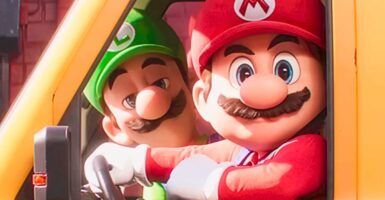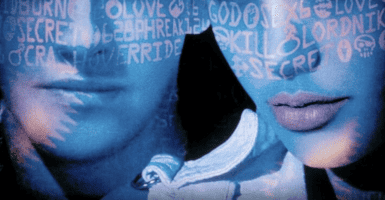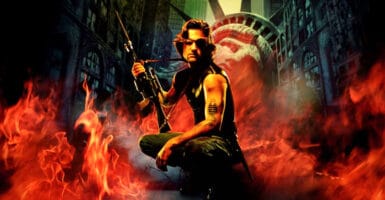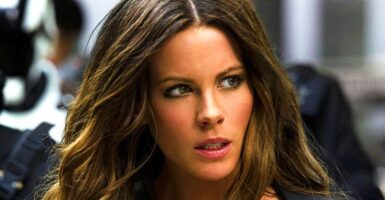7 Coolest Star Trek Races From Every Series And Movie
We go through our picks for the coolest alien races in Star Trek.
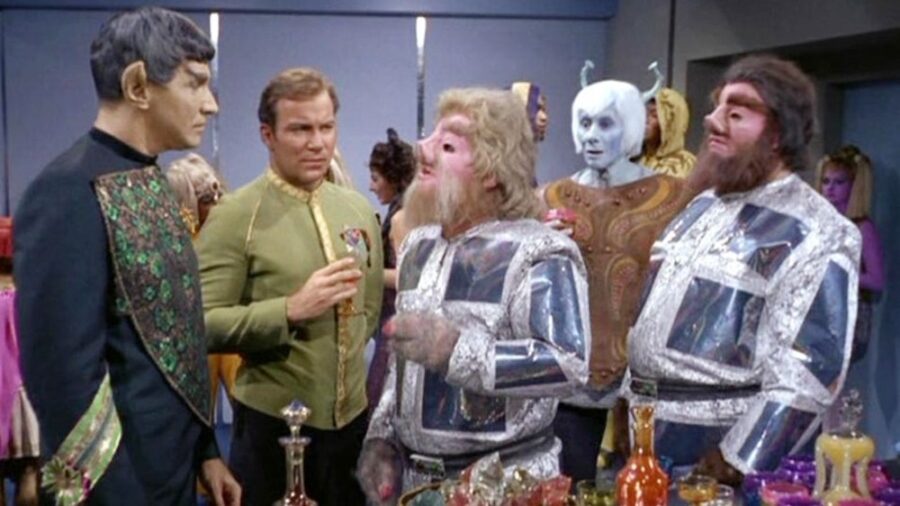
Star Trek really is rich with wonderful fictional races like Ferengi, Vulcans, Klingons, Tellarites, Breen, Jem’Hadar, and so many more. In fact, one of my only beefs with so-called “NuTrek” is that so few of the current live-action projects have visibly non-human characters among the lead cast (only two: Ethan Peck’s Spock and Doug Jones’ Saru). To celebrate the imaginations of Trek’s many creators, let’s look at our picks — in no particular order — for the seven coolest fictional races in the narrative.
Andorians
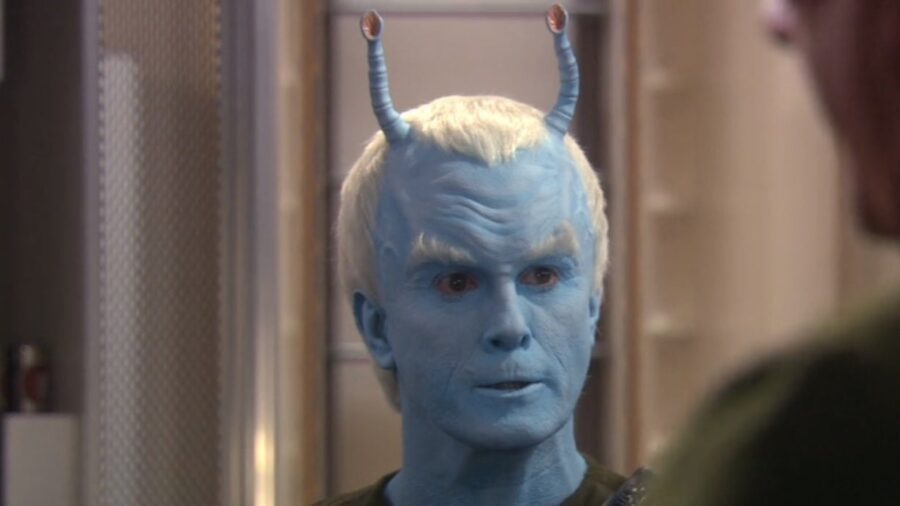
Of the four founding peoples of the United Federation of Planets (along with humans, Tellarites, and Vulcans), as we learn in Star Trek: Enterprise, the Andorians are arguably the most distrusting of all those races. Combat is an important part of Andorian culture, and before the Federation’s founding they suffer a lot of bad blood with the Vulcans.
With blue skin, antennae, and white or gray hair, Andorians are one of the tougher races to miss in Trek. They also have a subspecies, the Aenar, who are instead white-skinned, blind, and telepathic.
For much of the TNG era of Star Trek, Andorians seemed like an all but forgotten race as far as screen appearances were concerned. That changed wonderfully with Jeffrey Combs assuming the recurring role of the fierce Commander Shran in Enterprise. Bruce Horak plays Hemmer, the Enterprise’s Aenar chief engineer, in the first season of Star Trek: Strange New Worlds, but sadly he’s forced to sacrifice himself in the penultimate episode.
Ferengi
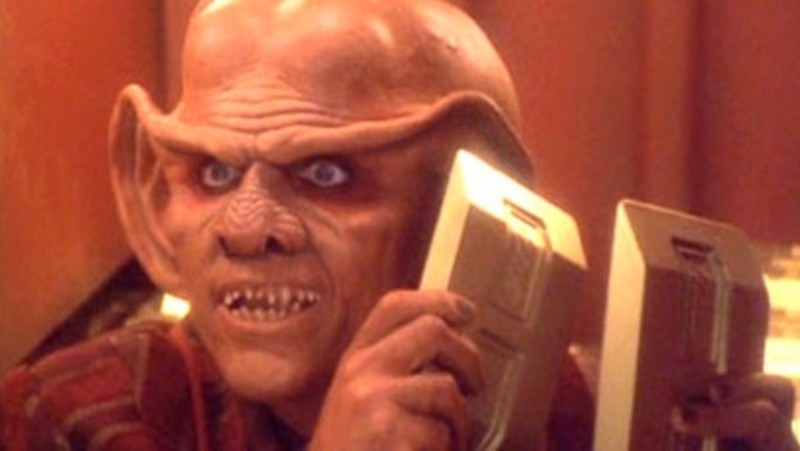
Originally portrayed as a cowardly but still violent people when they were introduced in Star Trek: The Next Generation, the Ferengi eventually evolved to become one of the most popular fictional races in the franchise. As opposed to the people of the Federation where money no longer exists, the Ferengi traditionally value profit with a fervor that comes off as both craven and religious.
Ferengi hit their stride as a popular Star Trek race during Star Trek: Deep Space Nine, with a number of beloved (and usually hilarious) episodes dedicated to the Ferengi bartender Quark (Armin Shimerman) and a wonderful crowd of recurring characters like his brother Rom (Max Grodénchik), his nephew Nog (Aron Eisenberg), and of course the Grand Nagus Zek (Wallace Shawn).
Kelpiens
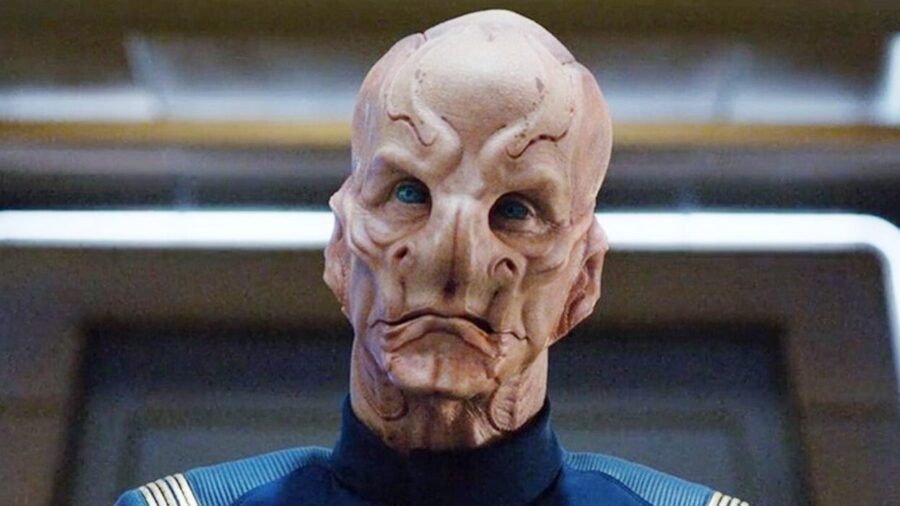
Star Trek: Discovery introduced this intriguing race. The most well known Kelpien is Captain Saru (Doug Jones), the first Kelpien in Starfleet and the one who discovered that his people had been fooled into a subservient role on their homeworld, Kaminar.
Physically large and powerful, Kelpiens are born with ganglia on the backs of their necks that alert them to the coming of death. They share their homeworld with another race, the Ba’ul, who fooled them into believing that when their ganglia fall off, it means they are dying and must turn themselves over to the Ba’ul to be used as food.
In Season 2 of Star Trek: Discovery, Saru discovers that in fact Kelpiens used to be the chief predator on Kaminar and that they nearly hunted the Ba’ul to extinction. The Ba’ul concocted their story about the ganglia to protect themselves from the more powerful Kelpiens. Saru learns this after his ganglia fall off but instead of dying, he becomes more confrontational and even develops spines in place of the ganglia that he can shoot out of his body as weapons.
Trill
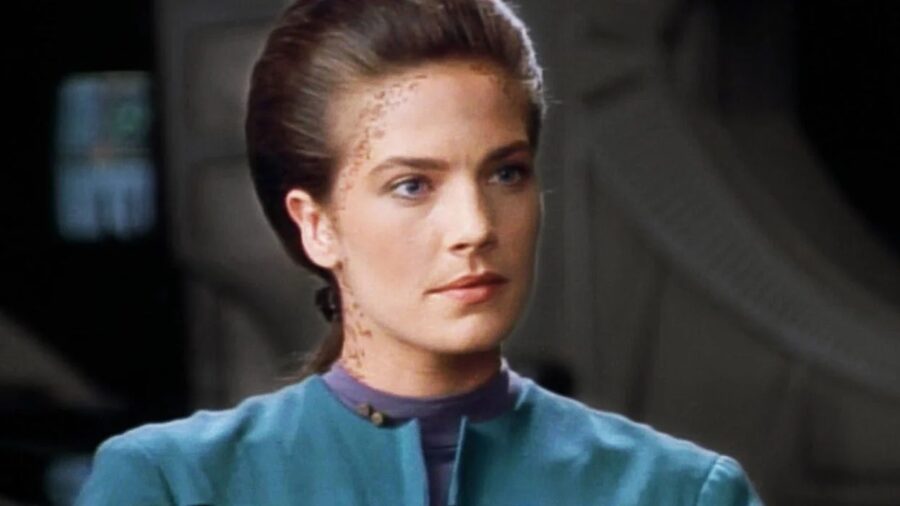
The Trill are one of the most unique of all of Star Trek’s fictional races. Most Trill are largely similar to humans except for the spots on their bodies, but a select few are allowed to become hosts to slug-like symbionts that are roughly the size of an eggplant. The symbionts are capable of living for centuries, and when they bond to a new host it essentially creates a brand new person whose personality and abilities are a mix of the symbiont and the host Trill.
Trill do not live as long as symbionts, and so the symbionts must occasionally be transplanted to new hosts. The new joining will carry with it the memories of all the previous hosts. For example, the most well-known Star Trek member of the Trill race is Jadzia (Terry Farrell) who carried with her the memories of seven other Trill who were hosts to the symbiont Dax.
Klingons
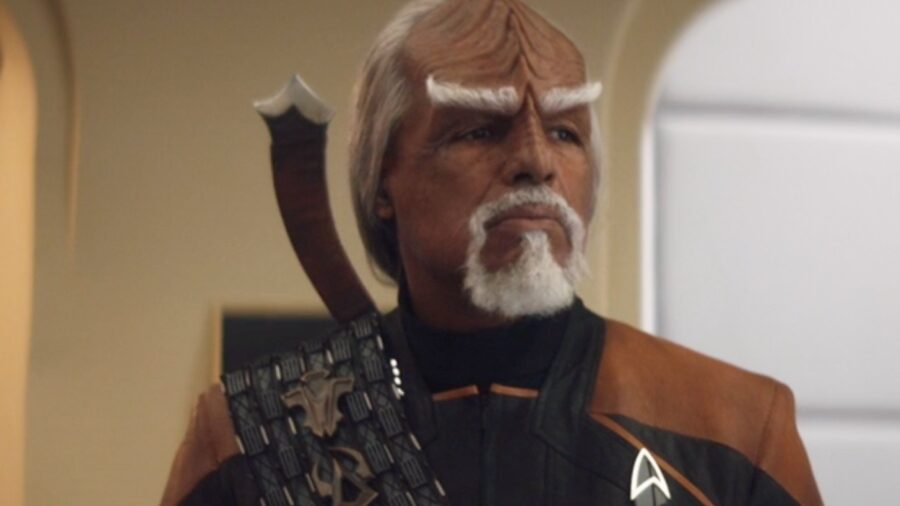
Where would Star Trek be without the Klingon race? Well to be honest, with all the retcons and physical changes the history would probably be a little bit less confusing, but the Klingons are cool enough to be worth it. Starting off in Star Trek: The Original Series as recurring villains, their portrayals have evolved to the point that now one of the most popular and prolific heroes in the franchise — Michael Dorn‘s Worf, of course — is a Klingon.
Initially looking not much different from humans, but with darker skin and hair, starting with 1979’s Star Trek: The Motion Picture, the race developed sharply ridged foreheads. The notion that they were traditionally a race of warriors didn’t truly begin to take hold until Christopher Lloyd‘s portrayal of the villain Commander Kruge in 1984’s Star Trek III: The Search for Spock.
Gorn
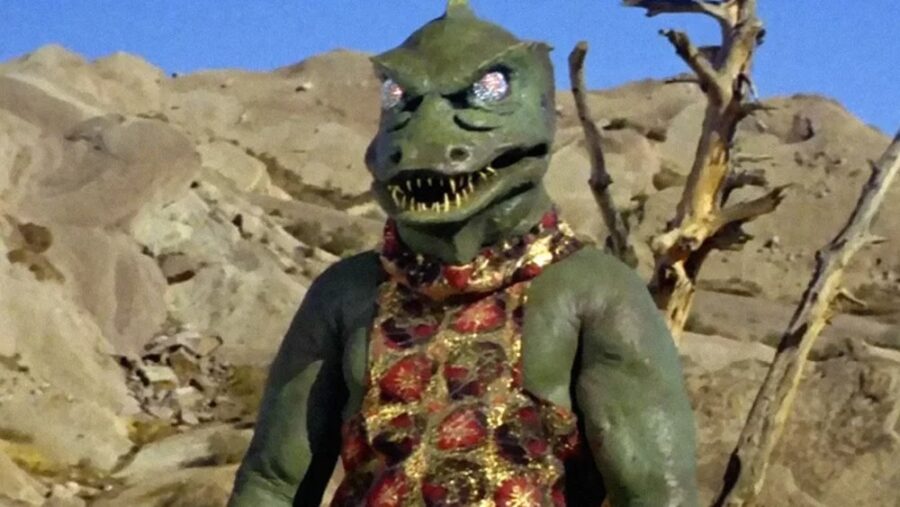
You can bash me all you want for choosing this Star Trek race, but I adore the Gorn. First appearing in the Original Series episode “Arena,” the reptilian Gorn are physically powerful, xenophobic, and have a fiercely predatory nature.
The technical limitations of the time rendered Captain Kirk’s (William Shatner) first encounter with the Gorn largely comical, but Star Trek: Strange New Worlds has seen a return of the enigmatic race. In Season 1, two episodes are devoted to conflicts with the Gorn, and both times the lizard-folk exact heavy tolls.
Vulcans
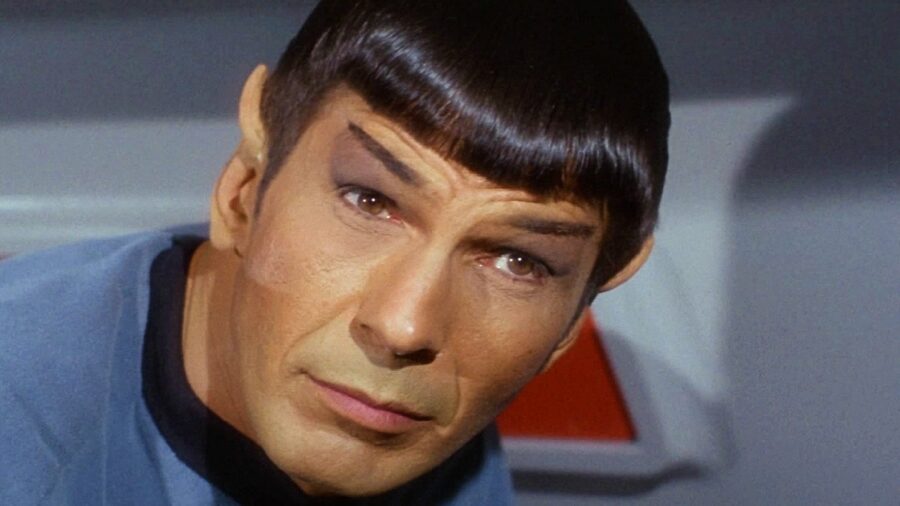
What kind of list would this be without the Vulcans? As Spock, Leonard Nimoy made Vulcans Star Trek’s most recognizable race. Their pointy ears, arched eyebrows, and usually straight black hair is impossible to miss even though — visually speaking — they don’t look as wildly different from humans as, say, Klingons or Andorians.
Once a much more passionate and violent people, Vulcans see themselves as being saved by the teachings of Surak. Vulcans traditionally work to suppress their emotions, while employing their understanding of logic to make their decisions. Vulcans also have a degree of telepathic ability; while physical touch is often necessary in using these abilities, that isn’t always the case.









